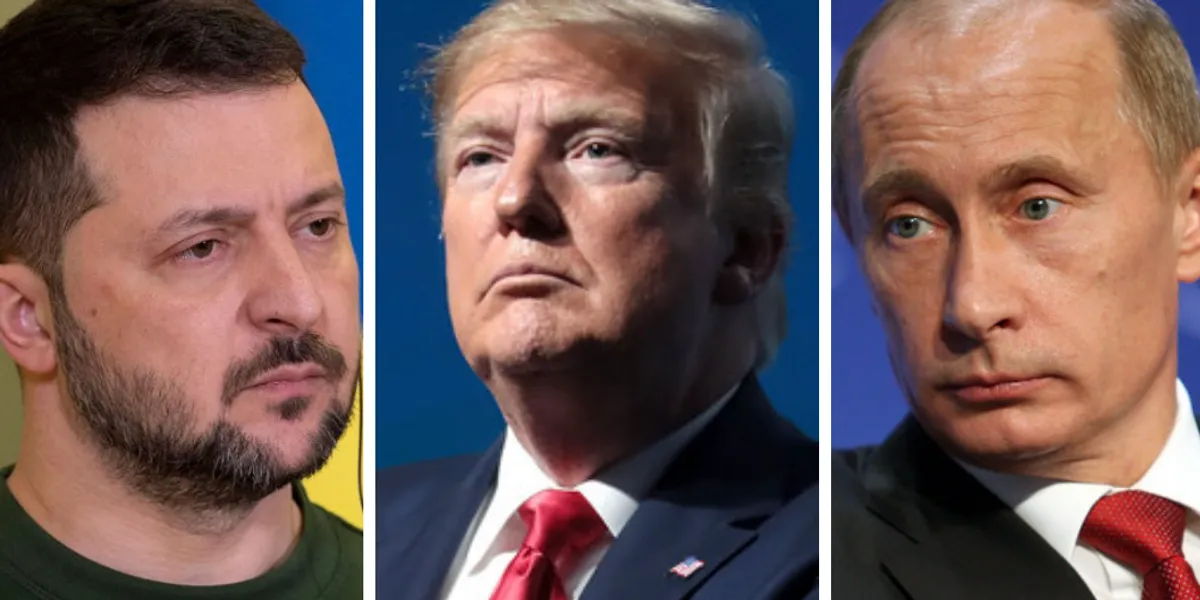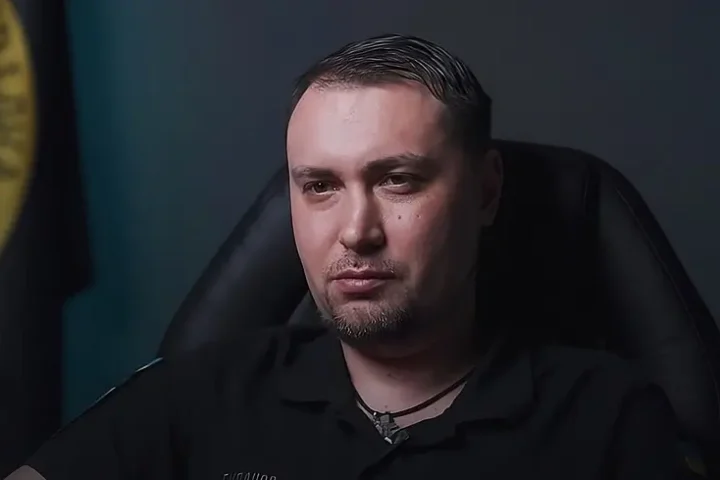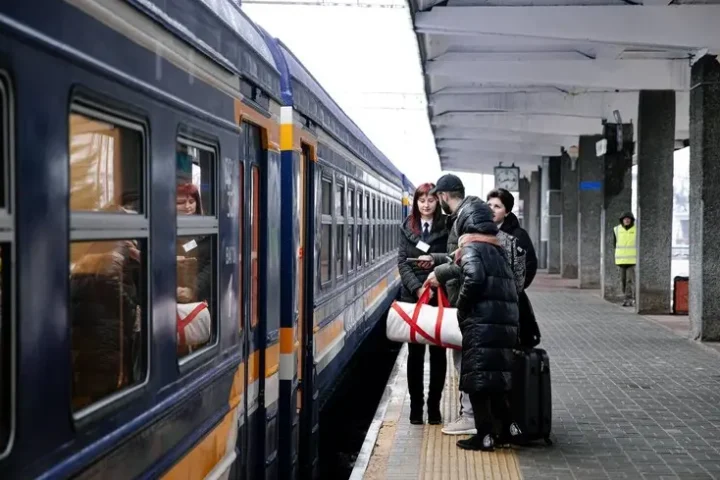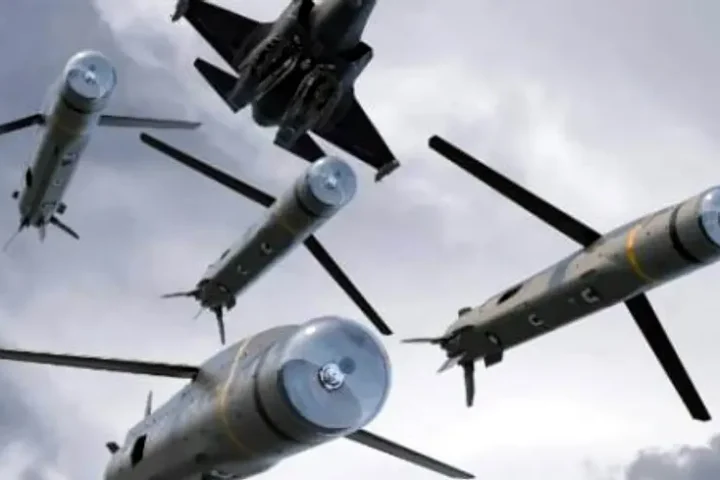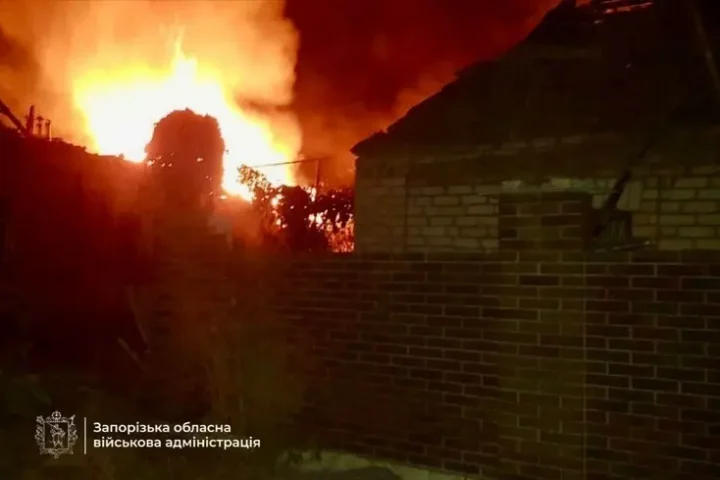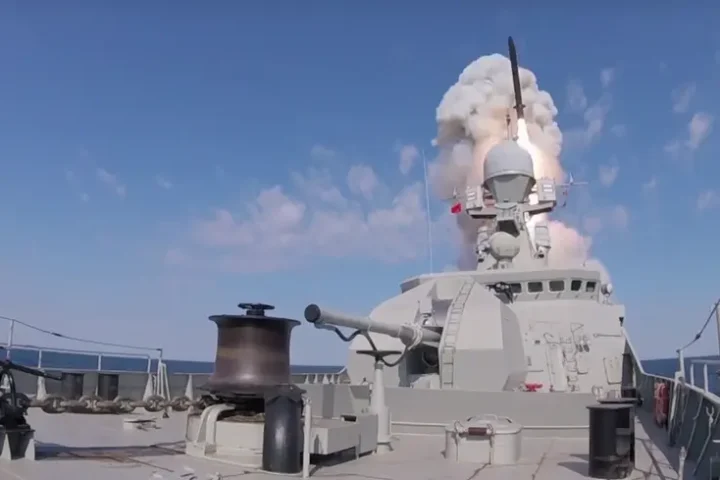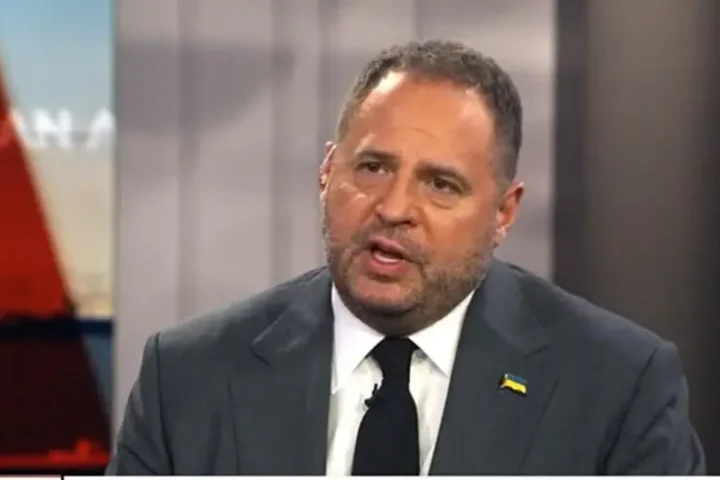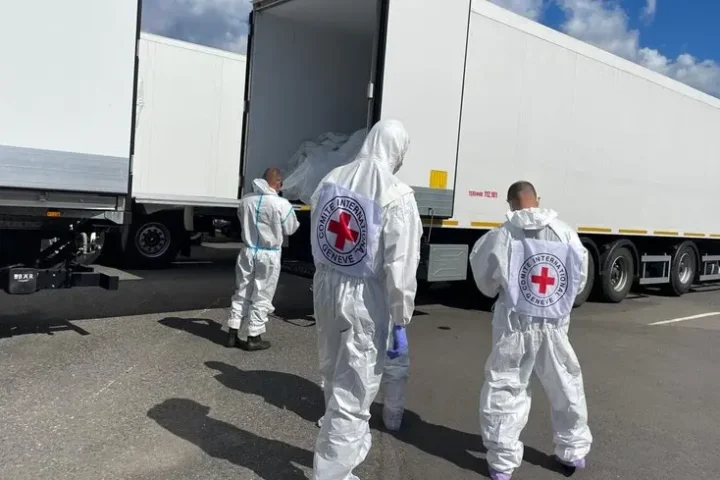The Hague, June 25 – Former U.S. President Donald Trump stated Tuesday that Russian President Vladimir Putin’s territorial ambitions extend well beyond Ukraine, raising fresh concerns about Moscow’s intentions toward NATO’s eastern flank. The remarks came during a press conference following Trump’s participation in the NATO summit in The Hague, where the alliance’s leaders met amid rising fears of a broader confrontation with Russia.
“Russia wants to end the war,” Trump reiterated, echoing his earlier claims. “But Putin’s territorial ambitions are larger than Ukraine.” His statement marks a notable shift in tone, acknowledging for the first time the scale of Moscow’s strategic goals and suggesting that the West cannot afford to treat the war as a localized conflict.
Baltic and Eastern NATO allies signal alarm
Trump’s comments align with a growing consensus among European leaders that Russia’s aggression in Ukraine is part of a wider effort to rewrite the post-Cold War order. Several NATO countries bordering Russia and Belarus – including Finland, Estonia, Latvia, Lithuania and Poland – have recently announced their intent to withdraw from the 1997 Ottawa Treaty, which bans the use of anti-personnel landmines.
By exiting the treaty, these nations will be free to produce, stockpile and deploy such weapons, a decision that reflects deepening fears of a Russian incursion beyond Ukraine. Intelligence assessments in several Western capitals point to increased Russian military preparations near NATO borders, further amplifying concern about Putin’s next move.
Imperial nostalgia and strategic revisionism
Analysts and officials have long warned that the Kremlin views Ukraine not as an isolated battleground but as a stepping stone toward a broader strategic goal: re-establishing dominance over parts of Eastern Europe once controlled by the Soviet Union.
Putin has frequently invoked the concept of “historic Russia,” a revisionist notion that encompasses not just Ukraine and Belarus, but also Baltic states and parts of Poland and Moldova. This ideological framing supports the idea of a systemic, rather than limited, Russian expansionist campaign.
“Without Ukraine’s resistance,” one NATO official said, “Russian troops could already be threatening EU and NATO members directly. Supporting Ukraine is the most effective way to prevent a far more destructive regional war.”
Western aid as strategic investment
While Trump has previously criticized the scale of U.S. aid to Kyiv, his recent admission underscores a more pragmatic recognition: unchecked Russian aggression threatens not only Ukrainian sovereignty but the long-term stability of Europe. That understanding has already begun reshaping NATO’s defense posture.
Western military and financial aid to Ukraine has not only slowed Russia’s advance but significantly degraded Moscow’s military-industrial base. This has given NATO countries time to modernize forces, reinforce eastern defenses, and adapt to the evolving threat environment.
Moreover, support for Ukraine has become a unifying force within the West, strengthening European defense coordination and reducing vulnerabilities to Russian hybrid tactics, including cyberattacks, disinformation and energy coercion.
EU at a crossroads
Trump’s remarks implicitly challenge the European Union to confront a difficult choice: sustain support for Ukraine now or risk fighting a war on its own soil later — potentially without U.S. guarantees. With a possible return to the White House on the horizon, Trump’s stance may foreshadow a more restrained American role in NATO, leaving Europe with a heavier security burden.
Though his position on the war has often appeared ambivalent, Trump’s latest warning affirms a crucial point: Putin’s objectives pose a threat to the entire Euro-Atlantic order. Whether Europe responds with strategic clarity and unity may define the continent’s security for decades to come.
